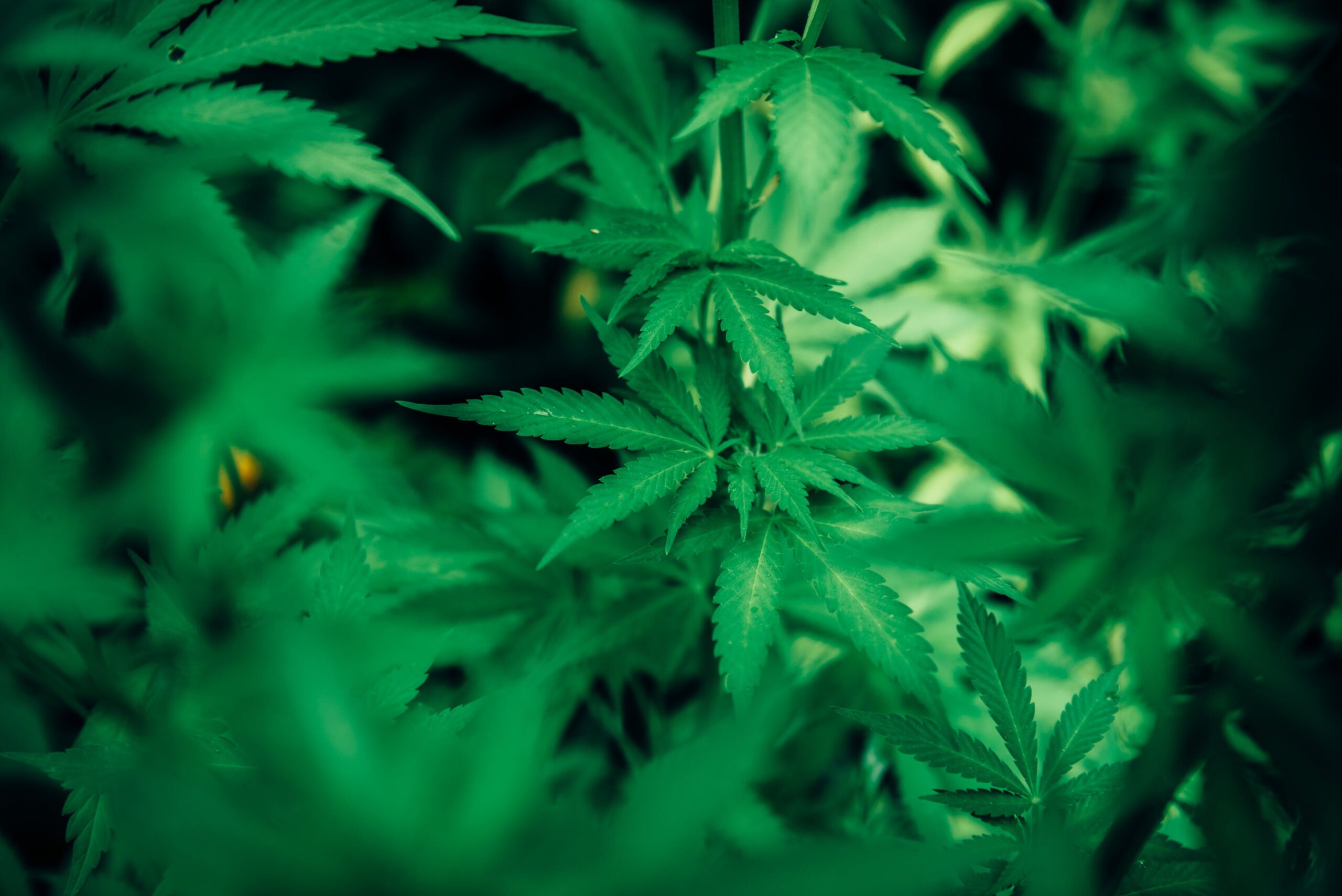Harvesting your cannabis plants can be exciting, but it can also be overwhelming, especially for beginners. Lucky for you, we’re here to provide you with expert advice on how to ensure a successful harvest and a bountiful yield of top-quality cannabis.
In this comprehensive guide, we will delve into the fundamentals of cannabis harvesting, including when to harvest, how to harvest, and how to cure and store your precious flowers. Whether you’re a seasoned grower or just starting out, this guide will equip you with the knowledge and techniques to optimize your harvest and enjoy the fruits of your labor.
Anatomy of a Cannabis Plant
Before we dive into the specifics of how to harvest cannabis, it’s important to understand the different parts of a cannabis plant. By familiarizing yourself with the structural components of the plant, you’ll gain a deeper appreciation for its growth process and know what to look for during the harvesting phase. A cannabis plant consists of three distinct parts: the stem, roots, and flowers.
- The Stem: The stem plays a crucial role in carrying nourishment from the roots to the flowers and providing structural stability to the plant.
- The Roots: The roots are essential for the growth and development of the plant, as they supply the necessary vitamins and minerals.
- The Flowers: The flowers, also known as buds, are the part of the plant that we harvest and consume. They contain high concentrations of terpenes, cannabinoids, flavonoids, and other beneficial components.
Understanding the anatomy of a cannabis plant will help you make informed decisions during the harvesting process and ensure that you harvest at the right time for optimal potency and flavor.
When to Harvest Cannabis
The timing of cannabis harvesting is dependent on the type of plant you’re growing. Cannabis seeds are divided into three main species: sativa, hybrid, and indica. Each species has its own unique characteristics and flowering periods.
- Sativa: Sativa plants typically take a longer time to reach maturity and produce a more cerebral, uplifting high.
- Indica: Indica plants have larger flowers and produce a more sedating, relaxing high. They generally have a shorter flowering period compared to sativa plants.
- Hybrid: Hybrid plants are a combination of indica and sativa, offering a blend of both characteristics. The flowering periods of hybrids can vary depending on the specific strain.
It’s important to note that environmental factors such as temperature and day length can also affect the flowering period of cannabis plants. Therefore, it’s crucial to monitor your plants closely and make adjustments accordingly.
When deciding when to harvest your cannabis plants, it’s essential to consider your desired outcome. If you’re growing cannabis for medical purposes, you’ll want to harvest the plant when it has reached its peak cannabinoid concentration. On the other hand, if you’re growing cannabis for recreational use, you’ll want to harvest when the plant has reached its ultimate maturity.
To determine the ideal time for harvest, you can examine the trichomes on the flowers. Trichomes are tiny, glistening structures on the flowers that contain high concentrations of terpenes and cannabinoids. When the trichomes appear mostly milky white, it’s a sign that the plant has fully matured and is ready to be harvested.
How to Harvest Cannabis
Once you have determined the appropriate time to harvest your cannabis plants, it’s important to know how to harvest them correctly. Proper harvesting techniques will ensure that you maximize your yield and preserve the quality of your flowers.
To harvest cannabis plants, you will need to cut off the stem at its base. It’s important not to uproot the entire plant from the ground, as this can cause damage and result in a smaller yield. Instead, focus on cutting off the stems while leaving the roots intact.
After harvesting the cannabis plants, it’s crucial to dry them properly before storing them. The most effective method is to suspend the plants upside down in an area with good airflow and minimal exposure to light, such as a wardrobe or a dedicated drying room. Proper ventilation is essential to prevent mold growth during the drying process. Allow the plants to dry for a minimum of seven days before storing the flowers.
Curing and Storing Cannabis Buds
Curing and storing cannabis buds is a critical step in the harvesting process. Proper curing techniques will enhance the flavor, aroma, and overall quality of your flowers, ensuring they remain fresh and potent for an extended period.
There are two approaches to curing and storing cannabis buds: indoor and outdoor.
- Indoor Curing: When curing buds indoors, you have more control over humidity and temperature levels, making it easier to create an optimal environment. Maintain the humidity between 40% and 60% to prevent moisture-related issues. Avoid excessive humidity, as it can compromise the flavor and potency of the buds. If the humidity is too low, the flowers may become dry and brittle.
- Outdoor Curing: If you choose to cure your buds outdoors, it’s important to consider the temperature and humidity of your environment. Cooler temperatures may prolong the curing process, while hotter temperatures can cause the buds to dry too quickly, resulting in flavor loss. Keep your buds out of direct sunlight to prevent excessive drying.
Regardless of whether you choose indoor or outdoor curing, it’s important to store your buds in a suitable container to maintain their freshness and potency. Use a secure, non-transparent jar, such as glass or mason jars, and store them in a cool, dry place away from light. This will help preserve the flavor, aroma, and potency of your cannabis flowers.
Harvesting Tips and Tricks
To optimize your harvest and ensure the best possible outcome, consider implementing the following tips and tricks:
1. Be mindful of the root system: When harvesting your cannabis plants, avoid removing the entire plant from the ground, as this can harm the roots. Instead, cut off the stem at the base and gently remove the plant.
2. Drying cannabis: The drying process for cannabis can vary from a few days to several weeks. To expedite drying, you can use a drying rack or line the flowers with paper towels. Ensure that your drying area has good air circulation to prevent mold growth.
3. Storage: Once your flowers are dry, it’s crucial to store them properly. Place the dried buds in a secure, non-see-through jar, such as a glass or mason jar, to protect them from light. Store the jars in a cool, dry area to maintain the freshness and potency of your cannabis flowers.
4. Observing trichomes: To determine the readiness of your plants for harvest, closely observe the trichomes. When the trichomes appear mostly transparent, the plant has not reached its peak maturity and is not ready for harvest. However, if the trichomes appear milky white, the plant has fully matured and can be harvested.
Frequently Asked QuestionsWhere can I buy potent cannabis seeds online?
If you’re looking to buy marijuana seeds online, there are several reputable seed banks that offer a wide selection of high-quality strains. One such seed bank is Growers Choice Seeds, which is considered the overall best seed bank that ships to the USA. They offer a range of feminized cannabis seeds with a 100% germination guarantee once you follow their germination seed guide.
When should I stop watering before harvesting?
Cease watering your plants one to three days before harvest, after flushing. This will allow the plant to ramp up resin production and enhance the potency of the buds.
Should I hang my whole cannabis plant to dry?
The best way to dry plants is to hang them upside down for five to ten days. This allows for optimal air circulation and ensures even drying.
At what point do you harvest cannabis?
Harvest your cannabis when more than half of the pistils have turned brown. As the concentration of THC increases, the density and flavor of the buds will also improve.
What do trichomes look like when ready to harvest?
When the trichomes appear cloudy and have turned mostly milky white, it’s a sign that the plant is ready to be harvested. Trichomes that are amber indicate that the plant may have reached its peak maturity and potency.
Conclusion
Growing and harvesting cannabis is a fascinating journey that requires knowledge, patience, and attention to detail. By understanding the different strains and their flowering periods, you can ensure that your crop is harvested at the perfect time for maximum potency and flavor. Properly drying and storing your cannabis flowers will preserve their quality and allow you to enjoy them for months to come. Whether you’re a recreational or medical grower, the rewards of a successful harvest are truly satisfying. So, follow these tips and techniques, and get ready to enjoy the fruits of your labor.







